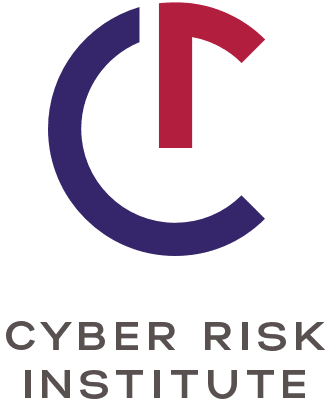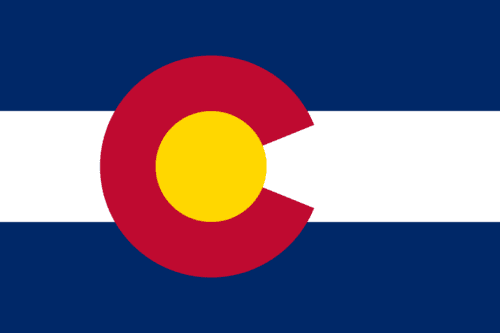The HITRUST Common Security Framework (HITRUST CSF) is a prescriptive set of controls that meet the requirements of multiple regulations and standards (e.g., HIPAA, PCI) related to data management, information risk, and compliance. The HITRUST CSF harmonizes multiple frameworks, standards, regulations, and leading practices into a single framework to reduce the need for multiple reports.
The Health Information Trust Alliance (HITRUST) was founded in 2007 to help organizations effectively manage data, information risk, and compliance. While originally developed as a healthcare framework, HITRUST has become industry-agnostic to support organizations from all industries to effectively manage controls and evidence.










